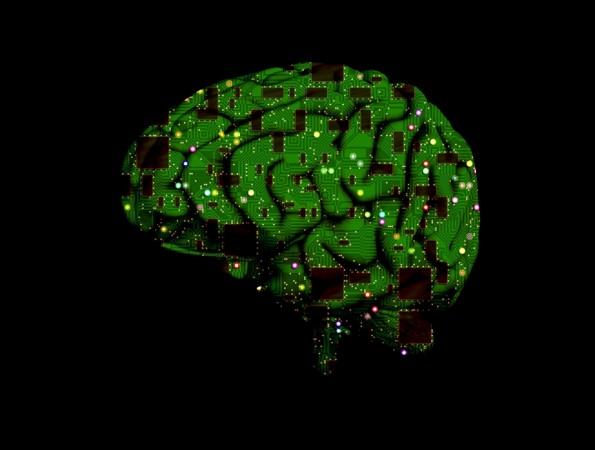
Computers could soon be able to function like artificial brains to make decisions like humans, thanks to a newly-developed superconducting switch. This novel technology is expected to pave way for a new type of artificial intelligence (AI) that may help us in a range of areas, from transportation to medicine.
Developed by researchers at the US National Institute of Standards and Technology (NIST) in Colorado, the switch, called a synapse, "learns" like its biological counterpart. It can connect processors and store memories in future computers operating like the human brain.
The NIST switch, which is described in a paper published in Science Advances on January 26, is being considered as a missing piece for so-called neuromorphic computers. The researchers believe that such computers with advanced AI could significantly boost perception and decision-making for applications like self-driving cars and in cancer diagnosis.
A biological synapse is a connection or switch between two brain cells. The new artificial synapse, which has the shape of a 10-micrometre-wide metallic cylinder, is capable of processing incoming electrical signals it receives and then producing appropriate output signals. It is designed in such a way that it learns through experience or the surrounding environment.
According to the researchers, the switch actually performs better than a biological brain, using much less energy and firing signals much faster than the human brain. For comparison, the artificial synapse fires signals 1 billion times per second while human synapse fire about 50 times per second. This is significant because, the more firing of electric signals between cells or processors, the stronger the connection.
"The NIST synapse has lower energy needs than the human synapse, and we don't know of any other artificial synapse that uses less energy," NIST physicist Mike Schneider said in a statement.
The new superconducting switch is expected to be used in neuromorphic computers, conceptual machines that function like the human brain. Since these computers are made of superconducting components that can transmit electricity without resistance, they are considered to be more efficient than other designs based on semiconductors or software.
Although scientists have already developed superconducting devices that mimic brain cells and transmission, efficient synapses have been missing. Therefore, the NIST switch, which can be stacked in three dimensions (3-D) to make large systems, could turn out to be the key element in making neuromorphic computers a reality.















